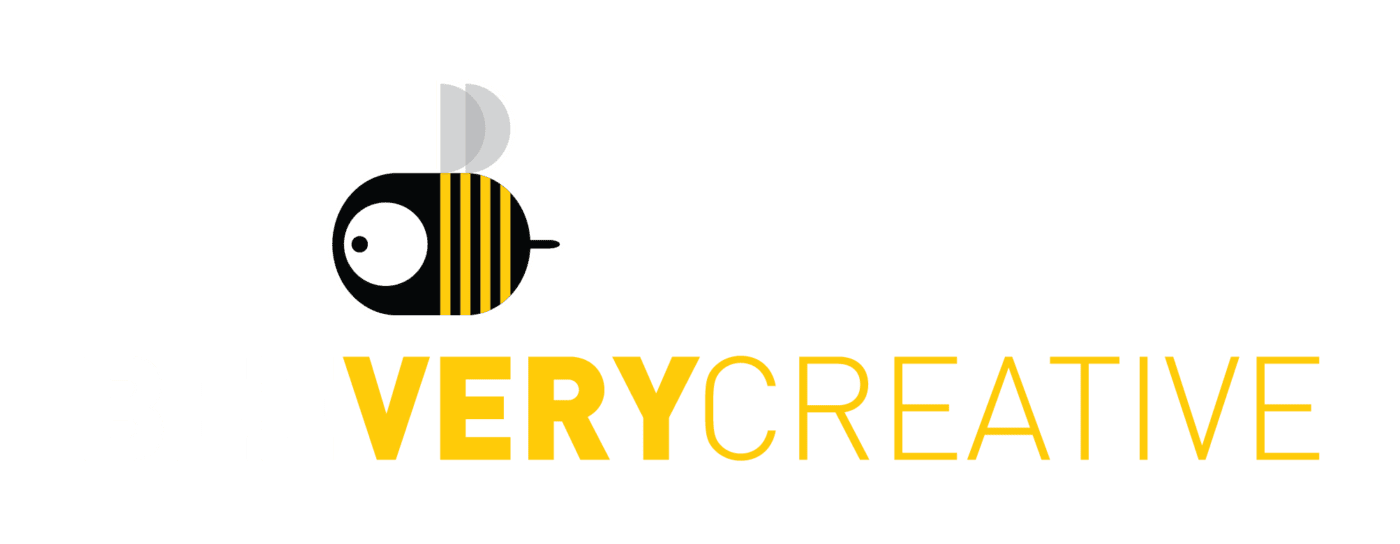BEEINSCHOOL: Support
BEETHEFIRST printer series were designed to be portable, and are delivered to customers with its own BEEPACK, a reusable and stylish carrier case that can take all you need to print anywhere. However, you must ensure proper transport conditions to guarantee its safety, as you would with any other item of electronic equipment. The BEEINSCHOOL printer series do not include the BEEPACK, but the customers can buy it if they wish.
Printing quality depends on several factors, one of them being the resolution settings. BEESOFT offers four different print quality settings: Low, Medium, High and High+.
The current 3D printing modes are:
- Low: this is the setting to choose for quickest prints. As the name suggests, this option will also produce less refined prints.
- Medium: This is the best balance between speed and quality. It’s a good setting for prints that may need some detail, but can’t take too long.
- High: These prints will take longer, but yield much finer-detailed results.
- High+: The latest setting with 0,05 mm layer thickness.
Density: This option controls an automatic feature that creates an internal frame that helps strengthen the printed object. The higher the density, the stronger the final object, albeit heavier and more filament-hungry.
There are three default density settings (Low, Medium and High), but advanced options as well, where users can choose if they want no internal structure (0%) or a completely solid object (100%).
Never forget, the higher the density, the more filament your printer will use!
Our printers meet legally required safety regulations and are easy and intuitive to use. However, there are always some cautions to keep in mind, namely regarding the extruder. The extruder can get as hot as 250º C (480º F), so you must never touch it. Besides that, you should take the same precautions as you would with any other electrical appliance.
They are sold already assembled. Opening or modifying it may void the warranty, so we suggest this not be done without getting in touch with us beforehand. However, if you do wish to modify these printers for any type of technological development project, get in touch with us, explain your project and we might be able to provide you with useful information.
Yes, we ask all our customers to keep all of the original 3D printer packaging, from the box to the bits of foam, in order to easily dispatch the printer in the safest manner possible, in case any issue with your printer occur.
When objects get stuck to the printing table, you should remove them by using the spatula that’s supplied in the printer’s kit. Sometimes, the task may be easier if you simply remove the tape.
In case there are small pieces stuck to the object, you can try to get them off with the spatula or a with a cloth that’s been doused with a little alcohol.
If you see that the extruder is touching the table or blue tape, or worse, visibly cutting grooves into them, abort whatever you’re printing immediately, otherwise you might damage the extruder nozzle. This problem is caused when the printer calibration isn’t correctly performed, and the table is moved up too close to the nozzle.
A few shallow scratches on the printing table won’t interfere with the actual printing process. Either way, before printing, always make sure the printing table has the blue tape, included in the BEETHEFIRST series kit, on it. Using the tape makes the adherence of the filament to the table easier and also makes it simpler to remove printed objects. For the BEEINSCHOOL printer series, blue tape is not included in the purchase, but you can buy this and other items in our website
To avoid incorrect calibration, follow the steps in BEESOFT’s calibration wizard. When using the piece of paper to check the clearance between the tip of the extruder nozzle and the printer table, make sure it isn’t too loose or too stuck. How can you tell? Well, if the paper slides in and out between the extruder and the table and you feel there’s no resistance whatsoever, it’s too loose. If you have to pull hard or if there are furrows being made in the paper, it means the clearance is too narrow, which may lead to the nozzle scratching the table or the tape. Make sure you feel the resistance is equal on all three calibration points whenever you calibrate. Equal resistance on all three points means that the clearance is constant anywhere on the table and that it should be level. Don’t forget to run the calibration test. Look for an unbroken line of equal thickness along all of its length. If you’re not sure, go through the calibration process until you’re satisfied with the result.
In case there’s no filament being extruded, you should interrupt the printing process by clicking on the “Cancel” button in the BEESOFT dialog box. Next, open the filament wizard and test the extrusion. If the filament still isn’t being extruded, you should extract the filament, cut the extremity and go back and start the process of feeding the filament into the extruder. If this doesn’t solve the problem, contact Customer Service here.
If you can load the filament when you have the top half of the white outer casing removed, but you can’t when you have the feeder tube screwed, it may be that you have the feeder tube unscrewed. Please make sure the screw of the tube is properly tightened.
Whenever the extruded filament doesn’t stick to the printing table, thus making it impossible to build an object perfectly, you should run the BEESOFT calibration wizard. In the final phase, you should check to see if the extruder nozzle runs the length of the table surface at a constant height.
Didn’t find the solution you were looking for?
Please, contact our Customer Support






